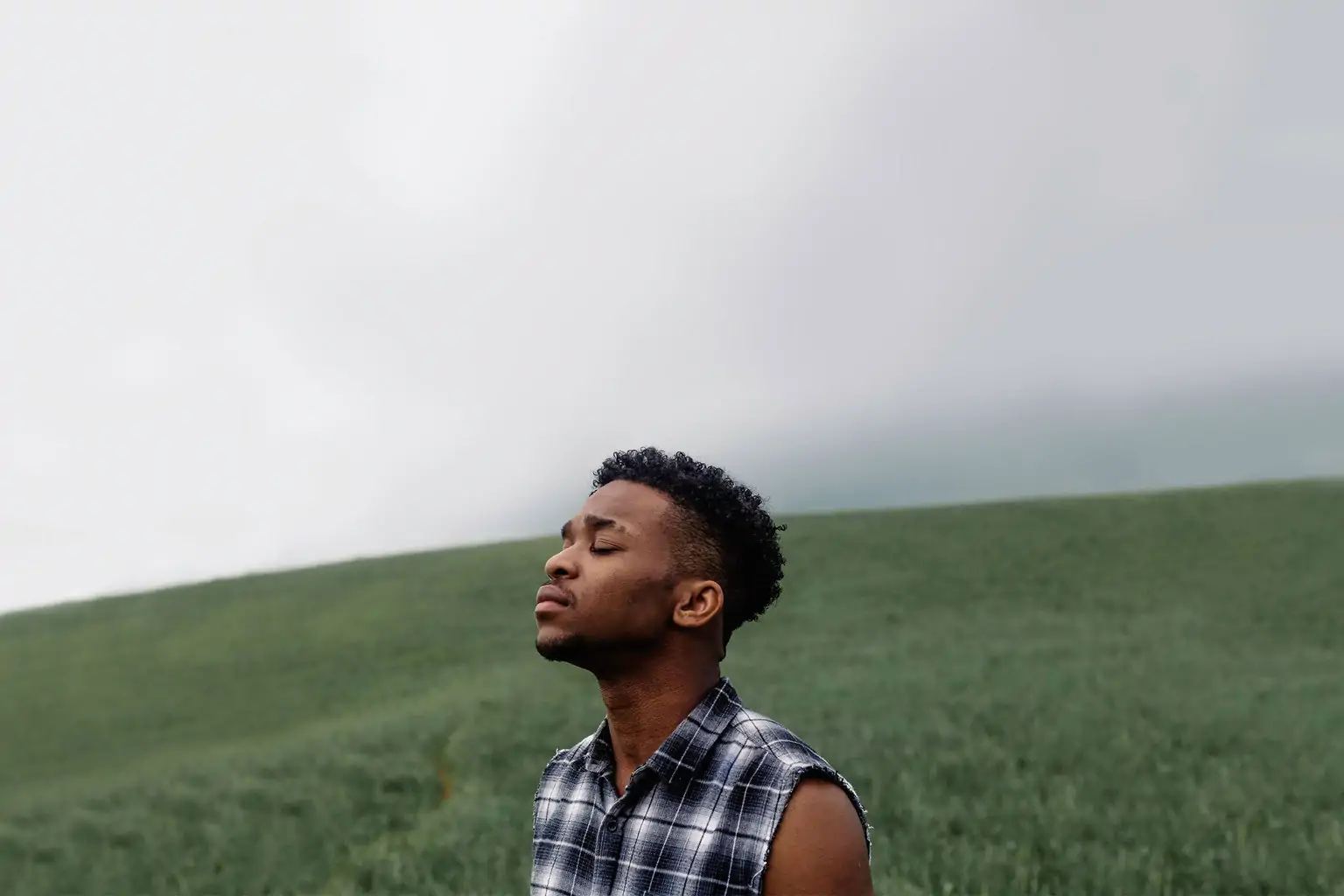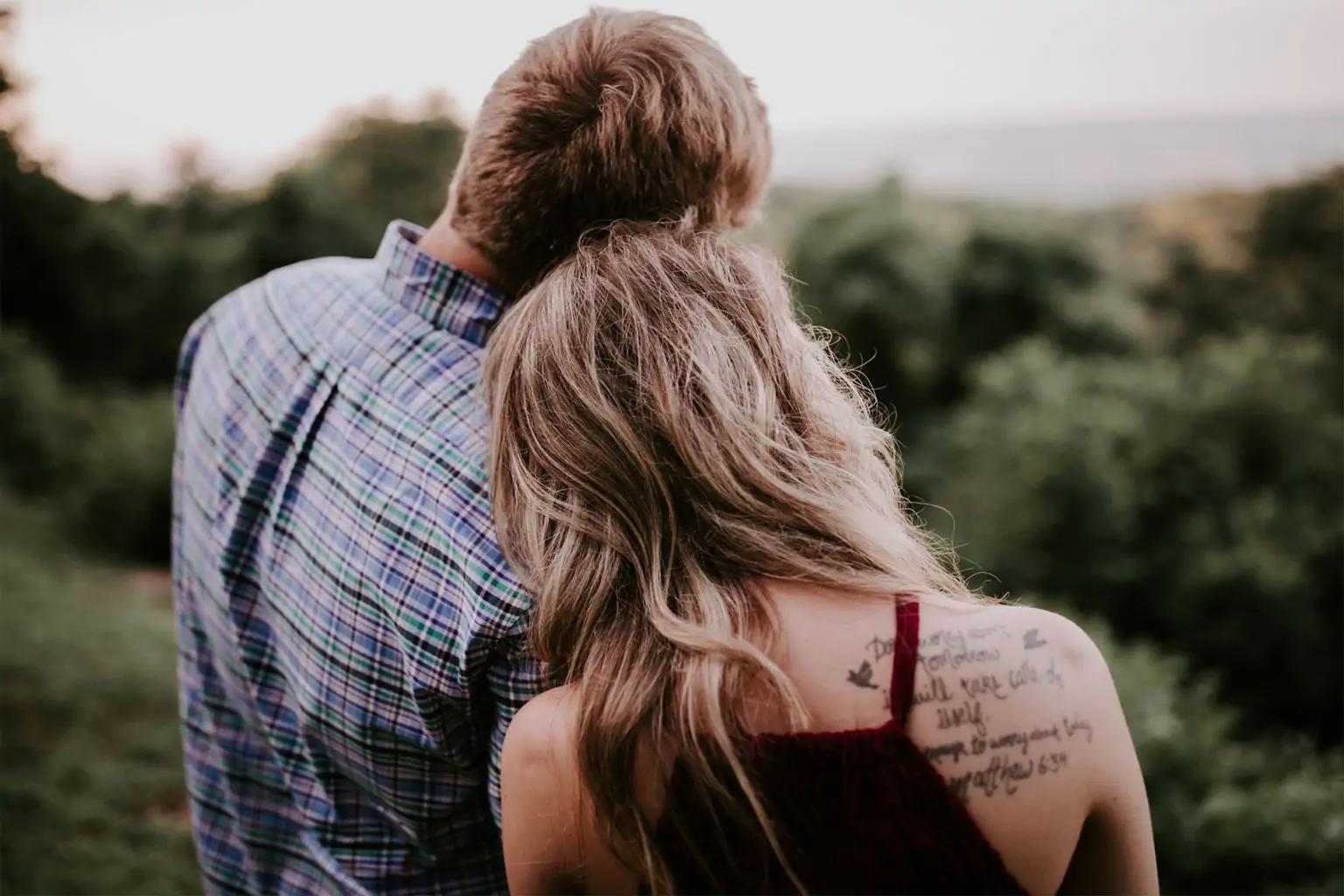
Growth.
It’s one of those words that is as elusive as it is familiar.
Lots of things grow – trees, grass, animals, people… Every living thing has a cycle it goes through to grow in some way, be it physically, intellectually, or emotionally.
What’s interesting about us humans, though, is that we have the gift of intentional growth. We have the capacity to choose change in our lives. I do this with my surroundings all the time. Hang a picture here, grow a succulent there, move all the furniture when it feels like it has been the same for too long. We create change in the world around us fairly effortlessly.
It’s easy to change our physical environment. It’s a lot harder to develop our inner landscape.
I believe that each of us will find ourselves in a season filled with uncertainty. A season that forces us to take a look at our broken parts and choose growth, or else drown in the pieces of our lives that don’t seem to fit together the way they did before.
If you find yourself in that season, welcome. It’s difficult, stretching, and absolutely worthwhile. These are some truths to cling to as you journey forward.
Realize emotions are complex and fluid rather than simple and static.
Sometimes it seems like life would be a lot simpler if emotions would stay in their individual rooms in our brains and never mingle with each other. When they come out to party all at once it can feel too overwhelming and confusing, especially if we haven’t been aware of our co-existing emotions before.
From my experience, it is possible to be utterly heartbroken but also hopeful. Or to hold thankfulness in one hand while sadness rests in the other. We are complex beings with the great pleasure and burden of emotional intelligence. As we mature, the simple emotions we thought we knew surprise us with their multi-faceted nature.
There is beauty in the mixing of emotions, though. It’s like the Pixar movie Inside Out. If you haven’t seen it, it’s an animated movie that takes you into the brain of a girl named Riley, showing you how her emotions are at play in her daily life. You quickly meet Joy and Sadness, the two main characters. At first, Joy and the other emotions fight to keep Sadness at bay, but eventually, at the climax of the movie, there is this incredibly beautiful moment where Joy and Sadness work together to help Riley fully feel the bittersweet situation she finds herself in.
Once we acknowledge our emotions are intricately connected to each other, we can learn to understand and appreciate them in all their complexity.
Find Community. It is key.
True community: being in relationship with people, having vulnerable moments, allowing other people to carry you when you don’t have energy to carry yourself; these are defining qualities of the kind of community we need to immerse ourselves in if we are going to be people of growth.
We were not created to live in isolation. We were not meant to struggle alone. Alone, we can only fight for so long, but together, truth can be spoken into the lies we believe.
I have found that in the years since graduating from college, community has been harder to find, but much sweeter when I’m in it. But it takes work. Friendships are made up of imperfect people who can hurt you and let you down. Do not go looking for a perfect community because you will not find it.
That’s part of the beauty. As you go deeper and deeper into the community with which you choose to surround yourself, the more exposed you become and the more loved you feel. In community, our deepest moments of brokenness are our greatest experiences of love.
We need community. We need people in our lives to journey with us, through all that life will bring our way.
Try counseling; it’s worth it.
There has been a shift happening in society’s view of counseling. Something that used to be taboo or only for people who “really need it” is now a part of mainstream TV shows like Suits, or being showcased in podcasts like Other People’s Problems.
Personally, I am all for this movement. Sometimes hurts run deeper than we realize or affect us in ways we simply cannot fully understand. In those moments, it’s important to reach out rather than retreat. That’s when counseling can be a helpful tool.
It’s OK to feel lost and to seek out professional guidance. If we are physically sick we see a doctor. It is no different with our mental health. If anything, it’s even more crucial that we find help, because we can’t see the wear and tear of our emotions on our physical body (for the most part).
In those moments that you feel lost or alone or confused, reach out. Don’t listen to the lies telling you that you alone feel these things or you will never find freedom from the trauma you have experienced. There is healing to be found, but you have to create space for it.
Investing in yourself and your mental health is always worth the cost (of both time and money).
Remember, “Pain demands to be felt.”
Fellow John Green fans might recognize that quote from The Fault in Our Stars. It’s true – the pain finds a way to be felt. It works its way up out of our subconscious and into the present moment in any way it can.
Unfelt pain becomes unacknowledged brokenness. And the cracks from unacknowledged brokenness only grow larger the longer we avoid looking them in the eye, accepting them, and seeking healing.
In my story, years of suppressing intense feelings led to a panic attack which then opened the floodgate of pain I never knew was even there.
I want to stop here and acknowledge that sometimes our brains hold emotions at an arms-length for good reason. Maybe it allows us to move forward or find safety in a difficult situation. Perhaps we are not developmentally ready to feel the weight of what has happened. Our brains are amazing survival organs that make sure we can keep going, even in the midst of trauma. What can be unhealthy, though, is never returning to those broken areas and intentionally moving forward from them.
There is power in naming and claiming brokenness. There is freedom in feeling the pain in our stories – some of which might be from us, or from others in our lives. Pain demands to be felt, but it does not get to own us.
Give yourself grace. Recognize that to be human is to be in process.
The moment we are born we come into the world in-between – in-between birth and death, beginning and ending, learning and knowing.
How beautiful, and yet so daunting, that we move through life in this state of being in process.
In an Anatomy of Marriage podcast on personal growth, gender constructs, and neuroscience, Hillary McBride discusses the gift of growth. She framed her thoughts around a particular client who expressed frustration in the fact that his wife was not the same person he married years ago. McBride commented on how this mindset is just so sad. We have an incredible capacity to choose change and betterment and growth for ourselves.
As we grow, we cannot always see the whole picture. Sometimes we see the messy parts that seem tangled and insignificant and heavy. But even though we can’t always see it, those pieces of our lives are coming together and taking shape with every step we take towards growth.
Embracing the in-between is a process. It takes time. It takes grace. It takes a lot of falling and getting back up again.
But that’s OK, because being in process is not the same as being inadequate.
As you journey through your own experience of growth and change, remember to press on. Fill your days with people and routines that give you life. Cry when you need to and laugh loudly; feel deeply.
And choose growth. Because choosing to learn and grow produces quite a bit of beauty and grit in the process.






















